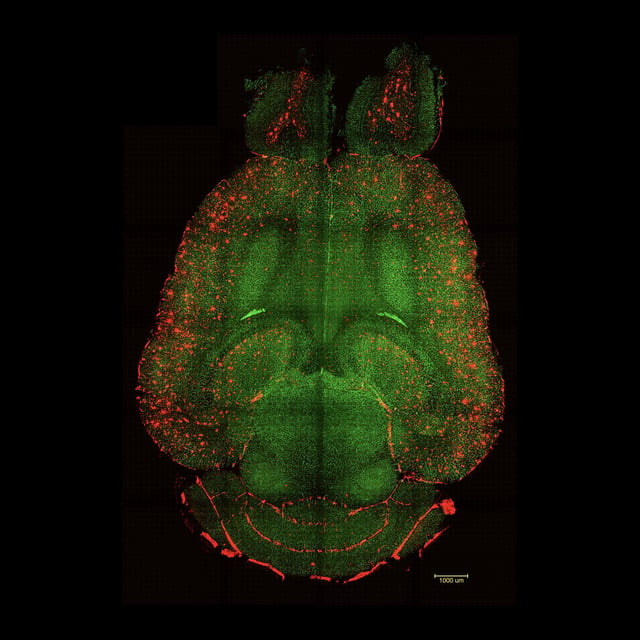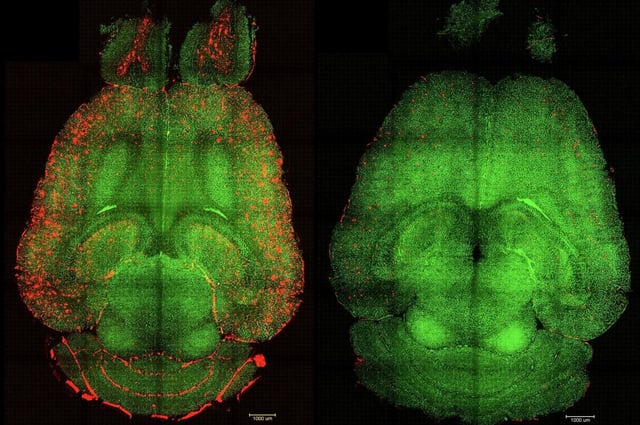Overview
- In a peer‑reviewed study, IBEC and West China Hospital reported in Signal Transduction and Targeted Therapy that LRP1‑targeted nanoparticles restored blood–brain barrier transport in Alzheimer’s mouse models.
- After dosing, brain amyloid‑β dropped by roughly 45% in Alzheimer’s model mice and plasma levels rose eightfold within two hours, with a separate test showing a 50–60% brain reduction one hour post‑injection.
- Mice received three injections and exhibited sustained gains in memory and behavior for up to six months, including an 18‑month‑old animal performing like a healthy mouse.
- The approach employs ‘supramolecular drug’ nanoparticles that modulate endothelial LRP1 trafficking to reestablish the brain’s clearance pathway rather than simply targeting plaques.
- The Alzheimer’s Association underscored that these are animal data and that replication, safety assessments, cross‑model validation, and human trials are needed before clinical use.



